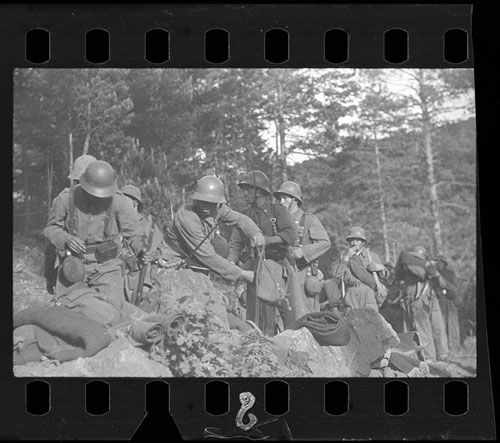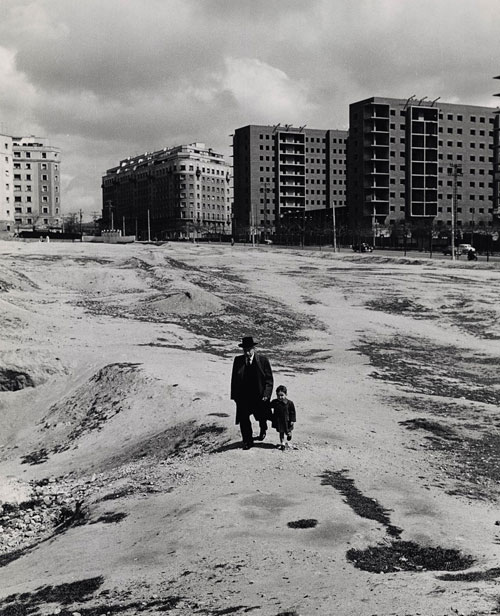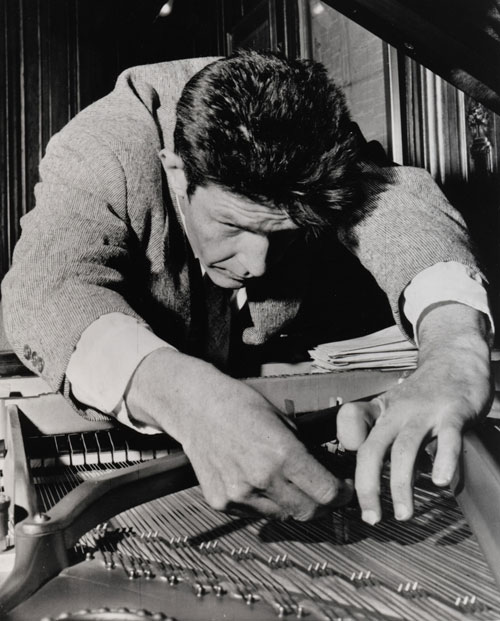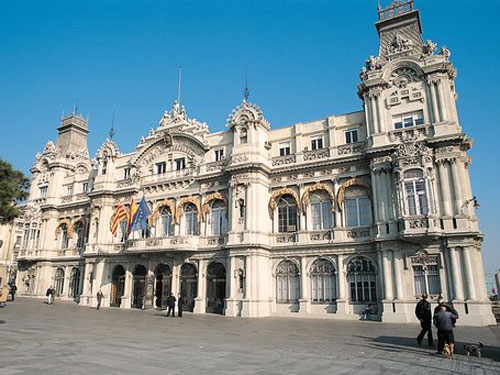Until January 15th the municipality of Barcelona will be showing 130 of the 650 large format photographs (50×60) the Eugeni Forcano archive donated to the city, which give us a black and white memory of the streets the city in the early sixties of the twentieth century.

The exhibition entitled “Eugeni Forcano. The Meva Barcelona “shows images of the inhabitants of the city and its different ways of living and enjoying the city spaces. Forcano captured sharp images that reflected the mood and behavior of city dwellers in that era.
Eugeni Forcano was born in Canet de Mar (Barcelona) in 1926. The self-taught photographer is on par with Catalan photographers like Francesc Català-Roca or Xavier Miserachs.
At the age of 82, he has received recognition from local institutions that have granted him several awards, from the city of Barcelona in 1963 and 1976 and the Gold Medal for Artistic Merit in 2009. Irony and sensitivity flavor his work. In 2005 the Palau de la Virreina conducted an extensive tour of his work with a retrospective exhibition.
For the exhibition that is now in the Photographic Archives of the City of Barcelona, travel back in time with images captured forty years ago in the Gothic Quarter, El Born and Barceloneta. These photographs show Forcano´s mastery of the play of light and shadows and invite viewers to see the process by which the city evolved.
Forcano is a representative of Spanish neo-realism in photography, and concentrated on capturing an image which portrayed a social moment wherein the composition expresses the semiotic content of the message.
Forcano shows priests playing with children, nuns in habits alongside women in miniskirts, rough neighborhoods to capture the political and social changes brewing in Spain at that time. His lens captured a complex reality never limited to capturing a moment.
 Nancy Guzman
Nancy Guzman
Amble the same streets where Forcano foun his inspiration and take a rest in apartments in Barcelona

 English
English


